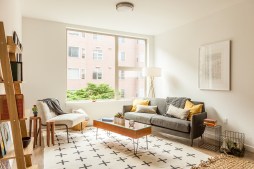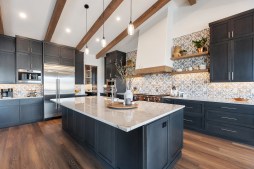Top 5 Essential Tips for Designing a Productive Home Office Space
In today’s world, remote work has become increasingly common, making it essential to create a productive home office space. A well-designed office can improve focus, boost creativity, and enhance your overall work performance. Here are the top five tips to help you design an effective home office that supports your productivity.
Choose the Right Location
The first step in designing a productive home office is selecting the right location. Ideally, find a quiet area in your home that is away from distractions such as television noise or high-traffic areas. If possible, choose a room with natural light and good ventilation; both are crucial for maintaining energy levels and reducing fatigue during long working hours.

Invest in Ergonomic Furniture
Comfort is key when designing your workspace. Invest in ergonomic furniture such as an adjustable chair that provides lumbar support and a desk at the right height for your needs. Ergonomic designs minimize strain on your body, allowing you to work longer without discomfort which ultimately leads to increased productivity.
Optimize Technology Setup
A productive home office should have up-to-date technology that meets your professional needs. Ensure you have reliable internet access, sufficient outlets for all devices, and possibly even a separate monitor to enhance multitasking capabilities. Consider using cable management solutions to keep cords organized and minimize clutter on your desk.
Personalize Your Space
Make your home office feel welcoming by adding personal touches that inspire you. This could include artwork, motivational quotes, or plants which not only beautify the space but also promote creativity and reduce stress levels. A personalized space can make working from home more enjoyable and motivating.
Establish Boundaries
Lastly, it’s important to establish clear boundaries between work and personal life when working from home. Designate specific working hours and communicate them with family members or housemates if applicable. Use physical cues like closing the door or changing into work attire at the start of each day to signal when you’re ‘at work’ even though you’re at home.
By following these five essential tips for designing a productive home office space—choosing the right location, investing in ergonomic furniture, optimizing technology setup, personalizing your space, and establishing boundaries—you can create an environment that fosters productivity while keeping comfort in mind.
This text was generated using a large language model, and select text has been reviewed and moderated for purposes such as readability.











